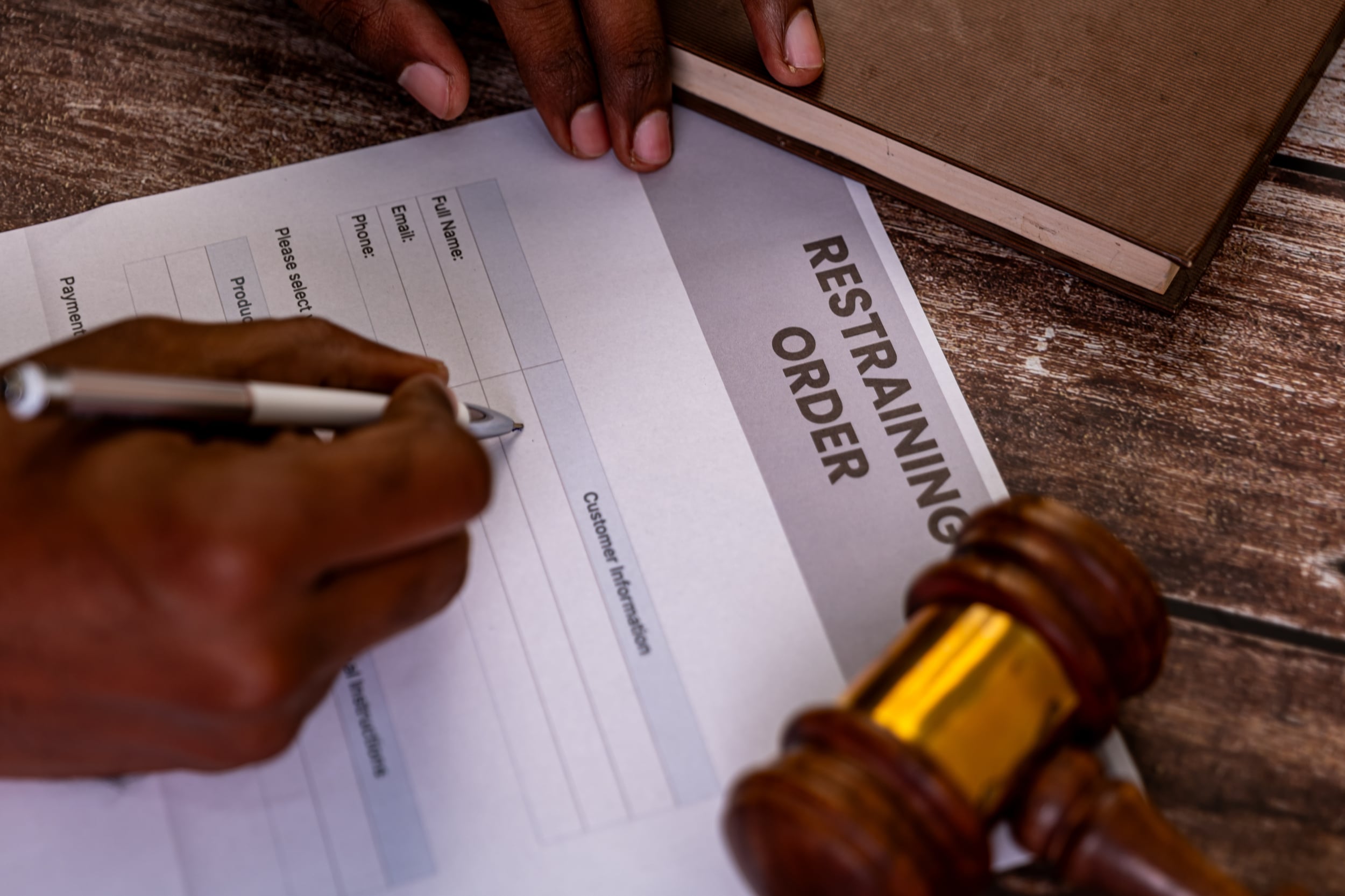
At some point in life, many of us face situations where we feel wronged, whether it’s due to a contract dispute, property issues, or personal harm. When these problems cannot be resolved through negotiation, starting a lawsuit in California may become the next logical step to seek justice. But, launching a legal battle is far from simple. It involves careful planning, understanding the law, and making informed decisions.
This blog will guide you through the essential legal steps to take when considering a lawsuit in California. From determining whether you have a valid case to understanding the entire legal process, we’ll cover everything you need to know to set yourself up for success.
Step 1: Determine If You Have a Valid Case
Before you even think about filing a lawsuit, it’s crucial to assess whether you actually have a valid claim. A lawsuit is a serious commitment, and there are several factors to consider:
Key Considerations:
- Legal Standing: Do you have the right to bring the lawsuit? In legal terms, this means you must have suffered harm or have a vested interest in the case.
- Cause of Action: What are you suing for? Whether it’s a breach of contract, personal injury, or another issue, there must be a clear legal cause for your action.
- Evidence: Do you have enough evidence to support your claim? Whether it’s documents, photos, or witness testimonies, your evidence will play a critical role in determining the success of your case.
Real-World Example:
Imagine you’re a business owner who provided services to a client, but they failed to pay you as agreed. You might have a breach of contract claim, but without evidence such as signed agreements, emails, and records of communication, your case will be weak.
Step 2: Consult with a California Attorney
Once you’ve determined that you may have a valid claim, it’s time to seek legal advice. A qualified California attorney specializing in the type of case you want to file can help you navigate the legal complexities.
Why Consult an Attorney?
- Expert Advice: Lawyers can give you a clear understanding of your chances of success and any potential risks.
- Filing the Correct Documents: Your attorney will ensure that the necessary legal documents are prepared and filed correctly.
- Court Strategy: A skilled lawyer will help you devise a strategy for your case, from filing to settlement talks or trial.
Tip: Many attorneys offer a free consultation, so take advantage of this opportunity to discuss your case without financial commitment.
Step 3: Filing Your Complaint (The Lawsuit Begins)
If after consulting with an attorney, you decide to proceed with a lawsuit, the next step is to officially file your complaint with the court. This document outlines your claim and serves as the formal beginning of your legal battle.
What is a Complaint?
A complaint is a legal document that explains the details of your case, including:
- The parties involved: Who are the plaintiffs (you) and defendants (the party you’re suing)?
- The allegations: What wrongdoing or legal violation is being claimed?
- The relief sought: What do you want the court to do? Whether it’s awarding damages or issuing an injunction, the complaint will detail your desired outcome.
Step-by-Step Process:
- Prepare the Complaint: With your attorney, draft the complaint and gather any necessary documents.
- File with the Court: Submit the complaint to the appropriate California court. There are different courts for different types of cases, so make sure you file in the right one.
- Pay the Filing Fee: Depending on the type of case, there will be a filing fee. Fees range from a few hundred dollars to over a thousand, but this is necessary for your case to be officially heard in court.
Step 4: Serving the Defendant with the Lawsuit
Once your complaint is filed, the next step is to serve the defendant with the lawsuit. This means formally notifying the defendant that they are being sued and providing them with a copy of the complaint.
How to Serve the Defendant?
- Personal Service: This is the most common method, where someone delivers the complaint directly to the defendant.
- Substituted Service: If the defendant cannot be reached in person, the complaint may be left with someone of suitable age at their home or workplace.
- Service by Mail: In some cases, if the defendant agrees to it, the complaint may be served by certified mail.
Step 5: Defendant’s Response
Once the defendant has been served, they have a set period (usually 30 days in California) to respond to your complaint. This response is called an answer.
What Happens in the Answer?
- The defendant may admit or deny the allegations.
- They may raise legal defenses to challenge your claims.
- In some cases, they may file a counterclaim, asserting that you are the one at fault.
If the defendant fails to respond, you may be entitled to a default judgment, where the court rules in your favor by default.
Step 6: Discovery – Gathering Evidence
Discovery is a crucial phase where both parties exchange information and evidence. This process helps each side understand the other’s case and prepare for trial.
Types of Discovery:
- Interrogatories: Written questions that the other party must answer.
- Depositions: Oral questioning of the other party or witnesses under oath.
- Requests for Documents: A formal request to obtain documents or records that are relevant to the case.
Why is Discovery Important?
Discovery allows you to gather the necessary evidence to strengthen your case or uncover weaknesses in the defendant’s arguments. It’s also an opportunity to negotiate settlement if both parties agree on terms.
Step 7: Settlement or Trial
As the case progresses, both parties will have opportunities to settle out of court. Settlement can save time, money, and avoid the uncertainty of trial. However, if a fair settlement cannot be reached, the case may proceed to trial.
Settlement Advantages:
- Quicker resolution
- Lower costs
- Control over the outcome
If the case goes to trial, a judge or jury will decide the outcome based on the evidence presented. Be prepared for the trial process, which can be lengthy and unpredictable.
Moving Forward with Confidence
Starting a lawsuit in California is a multi-step process that requires attention to detail and proper legal guidance. By following the right steps—assessing your case, consulting an attorney, filing your complaint, and navigating through discovery—you can improve your chances of success in court. Whether you settle or go to trial, it’s crucial to be prepared and informed.
If you’re considering legal action, don’t hesitate to consult a California lawsuit attorney to ensure your case is handled correctly from start to finish. With the right strategy and legal support, you can move forward with confidence and pursue the justice you deserve.





